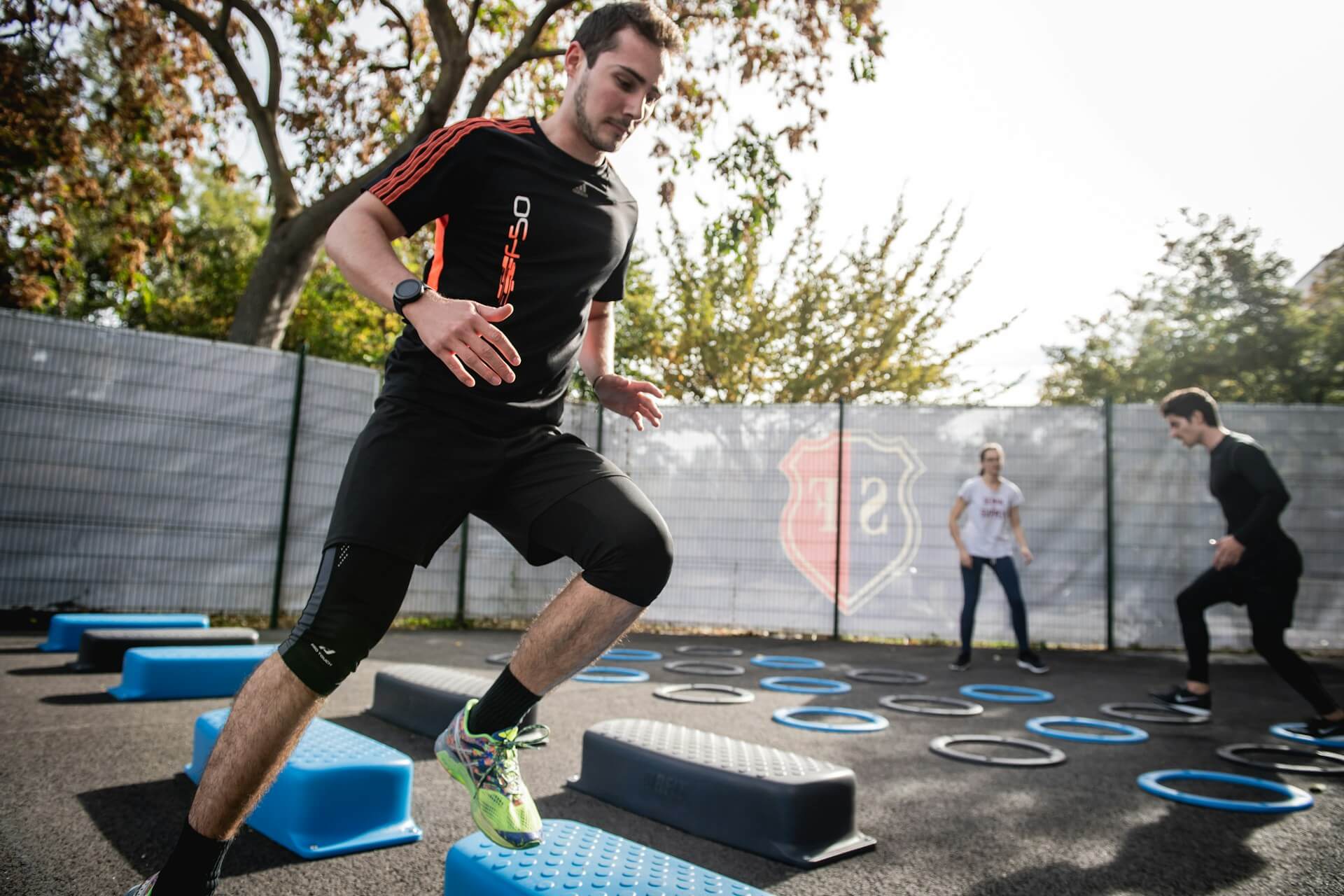How to Train for a Half-Marathon
Aug 27, 2018

As an Amazon Associate, Modded gets commissions for purchases made through links in this post.
Want to take your running program to the next level? Training for a half-marathon allows you to truly test the limits of your running ability. You’ll also learn a lot about yourself and your motivations throughout the training process. Distance running not only tests your physical endurance but your ability to remain focused and on task mentally for an extended period as well. You’ll gain a ton of confidence all while learning to overcome adversity and setbacks.
But what if you’re new to training to compete at this distance or even new to running in general? Not to worry. These tips will get you on your way to achieving your half-marathon goals.
Get the Right Shoes And Socks
Nothing will derail your running program more quickly than foot, knee or even back injury caused by wearing improper footwear. During training, your feet will be pounding the pavement for sometimes an hour or more at a time. This can quickly lead to overuse injuries.
Before starting your training regimen, pay a visit to a specialty running shoe store where the associates are trained to measure you for shoes that are the right fit. There is much more to selecting a shoe than merely getting the right size. For example, runners with high arches may find they need additional arch support, while flat-footed runners may need more padding to absorb impact. Add in some moisture-whisking socks to keep your feet dry during long run days.
Give Yourself Ample Training Time
Training for a race the length of a half-marathon isn’t something you can jump into overnight. It takes time to build up distance and speed, so make sure you give yourself adequate time to train before race day.
If you are a novice runner, select a race that is at least two months out from when you plan to begin training. If you are an advanced runner who already puts in miles daily, you may be able to get away with a slightly shorter time frame. However, don’t underestimate the work it takes to really get ready to run 13.1 miles.
Draw Up A Training Schedule
To meet your goal, you’ll want to outline a manageable training plan that works with your life and your schedule. You’re going to need to commit a good deal of time to your training, so make sure you have a plan for success.
While it’s okay to run on a treadmill when the weather is particularly inclement, for better results, train outside under conditions that are as close to those you’ll encounter on race day. If you live in the race area, drive the race course to get a feel for how hilly it may be. Pay attention to the weather, too. Train in high winds, cold temperatures, high humidity and other conditions you might encounter during the race to ensure that you’re prepared for them.
Fuel Your Body Right
What you eat is just as important as how you train when it comes to half-marathon success. This counts double if you undertook training for a half-marathon to jump-start your weight loss regimen. It can be tempting to restrict calories and rewarding to watch the pounds melt off. But your performance will suffer if you are malnourished when you train.
Consider adding a high-quality protein and vitamin-mineral supplement to your diet. This will help to replace electrolytes lost through heavy-duty training as well as provide your body with the building blocks it needs to heal. Adding a protein supplement is particularly vital if you are vegetarian or vegan. Our muscles need the right balance of amino acids to recover after a long run.
Plan Your Celebration Ahead of Time
Finishing a first half-marathon is a huge accomplishment, and it isn’t one that many people have bragging rights for. So plan a nice celebration for yourself after your big race! This could mean a romantic dinner out with your significant other, planning a weekend getaway or just taking a nice, long relaxing bubble bath post-race. Whatever it is you choose to do, be sure to celebrate you! You did it!






